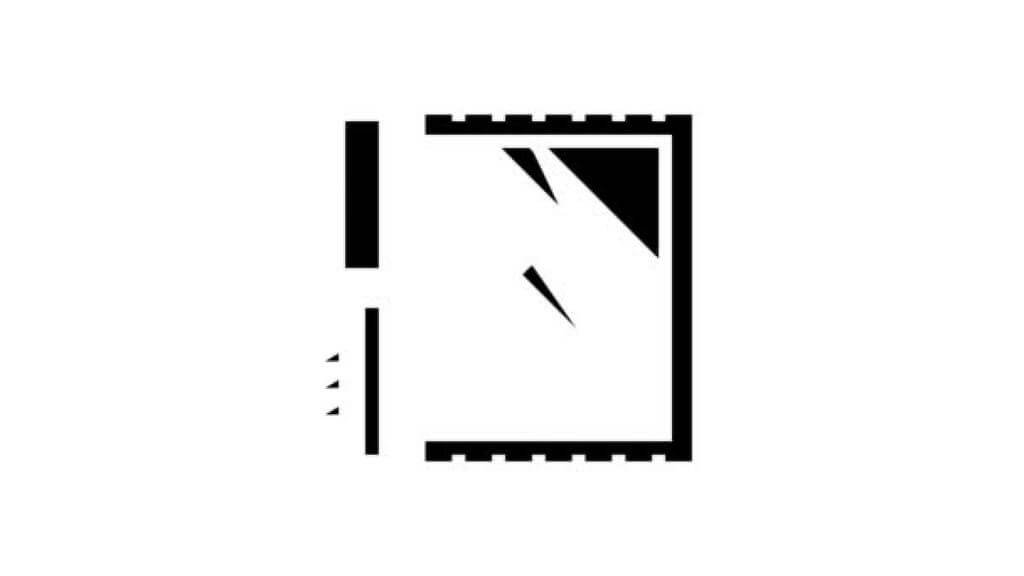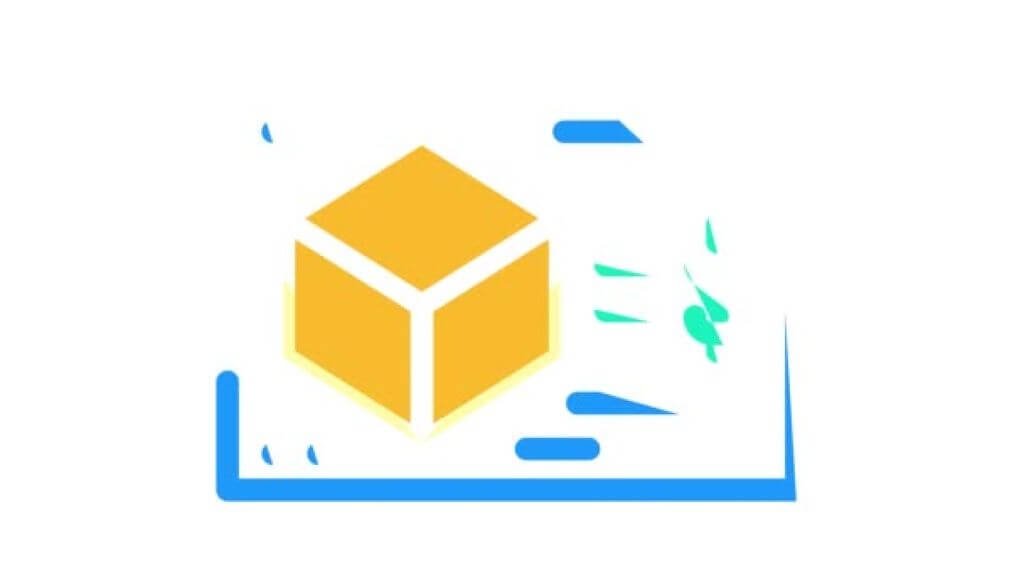The Process of Creating an Animation
The animation post production process is a critical step in the creation of an animated film. It is during this stage that the film is finalized and polished. The animation post production process can be divided into three main phases: editing, color correction, and sound design. Each of these phases is important in creating a final product that is both visually and emotionally appealing.
The Different Stages of Animation Production
Animation is the process of creating moving images. Animation can be done using a variety of mediums, but the most common method is by using a computer.
The first step in creating an animation is to come up with an idea. Once you have an idea, you need to storyboard it. Storyboarding is the process of creating a visual representation of your animation. This is usually done by drawing sketches of each scene.
After the storyboard is complete, it’s time to start animating. This is where the computer comes in. Using a software program, you will create the individual frames of your animation. Once the frames are complete, they will need to be put together in the correct order to create the final animation.
The last step is to add sound and music. This will bring your animation to life and make it more enjoyable to watch.
The Different Types of Animation
Animation is the process of creating the illusion of motion by displaying a series of static images in rapid succession. The different types of animation include:
2D Animation: This type of animation is created by drawing and painting images on a two-dimensional surface, such as a piece of paper or a computer screen.
3D Animation: This type of animation is created by manipulating three-dimensional objects in a virtual space.
Stop-motion animation: This type of animation is created by physically manipulating objects and photographing them frame by frame.
Rotoscoping: This type of animation is created by tracing over existing footage frame by frame.
Computer-generated animation: This type of animation is created using computers and software.
The History of Animation

Animation has been around since the early 1800s. The first known animated film was created in 1832 by French inventor, Charles-Émile Reynaud. Reynaud created the Praxinoscope, which used a series of mirrors to reflect images onto a screen. The Praxinoscope was the first machine to create the illusion of movement.
In the late 1800s, British photographer Eadweard Muybridge created the Zoetrope. The Zoetrope was a cylinder with slits cut into the sides. Inside the Zoetrope, images were drawn on a strip of paper that wrapped around the cylinder. As the Zoetrope was spun, the images would appear to come to life.
In 1892, American inventor Thomas Edison created the Kinetoscope. The Kinetoscope was a machine that allowed people to view moving images. Edison’s company, the Edison Manufacturing Company, produced the first ever animated film, “The Dancing Mouse.”
The first animated feature film was “Gertie the Dinosaur,” released in 1914. The film was created by American cartoonist and animator Winsor McCay. McCay used a technique called “key frame animation” to bring his drawings to life.
The Different Techniques Used in Animation
Animation is the process of creating moving images by displaying a series of static images in rapid succession. This is done by either hand-drawing the images on a piece of paper, or by using computer software to generate the images automatically.
The different techniques used in animation can be broadly classified into two categories: traditional animation and computer-generated animation.
Traditional animation is the process of drawing each frame of the animation by hand. This is a very labor-intensive process, but it allows for a great deal of control over the final product.
Computer-generated animation is the process of creating images using computer software. This method is much faster and easier than traditional animation, but it can sometimes lack the same level of detail and control.
Both traditional and computer-generated animation have their own advantages and disadvantages, and the best results are often achieved by using a combination of both techniques.
The Different Software Used in Animation
There are several software programs used in animation. The most common ones are Adobe Flash, Adobe After Effects, and Toon Boom.
Adobe Flash is a vector-based animation software that is used to create animations, graphics, and interactive content. It is the most popular animation software and is used by major studios and independent animators alike.
Adobe After Effects is a raster-based animation software that is used to create realistic animations and visual effects. It is often used in conjunction with other software programs such as Adobe Photoshop and Illustrator.
Toon Boom is a vector-based animation software that is used to create 2D animations. It is used by major studios and independent animators alike.
The Different Genres of Animation
Animation is not a genre, it is a medium. And like any medium, it can be used to tell any kind of story.
That said, there are certain genres that are particularly well suited to animation. Here are a few of the most popular:
Comedy: Animation is the perfect medium for comedies. It allows for over-the-top characters and physical humor that would be difficult to pull off in live-action.
Family: Family-friendly animation is one of the most popular genres. These films are often filled with colorful characters and heart-warming stories.
Adventure: Action-packed adventures are perfect for animation. The medium allows for thrilling set pieces and larger-than-life characters.
Romance: Romance is a popular genre for animation. The medium allows for dreamy settings and characters that can be both cute and sexy.
Science Fiction: Animation is a great way to bring futuristic worlds and concepts to life. These stories can be thrilling, funny, or both.
Fantasy: Fantasy stories are perfect for animation. The medium allows for worlds filled with magic and wonder.
The Different Styles of Animation
The different styles of animation are as varied as the people who create them.
2D animation is the traditional hand-drawn style that was popularized by Disney. It is characterized by its flat, cartoon-like appearance and its use of lines, shapes and colors to create movement.
3D animation is the more modern style of animation that is created using computer graphics. It is characterized by its lifelike appearance and its use of realistic lighting and textures.
Stop-motion animation is a style of animation that is created by physically manipulating objects to create the illusion of movement. It is characterized by its use of real-world objects and its painstaking attention to detail.
There is no one right or wrong way to animate. The style of animation that you use should be dictated by your own unique vision.
The Different Formats of Animation
Animation is the process of creating the illusion of motion and shape change by means of the rapid display of a sequence of static images that minimally differ from each other. The illusion—as in motion pictures in general—is thought to rely on the phi phenomenon and beta movement. Animation can be recorded on either analog media, such as a flip book, motion picture film, video tape, digital media, including formats with animated GIF, Flash animation, or digital video.
The Different Applications of Animation
Animation is not just for cartoons anymore. This versatile medium is now being used in a variety of fields, from medicine to architecture. Here are just a few of the ways animation is being used today:
- Medical Animation
Medical animation is used to create illustrations of various medical procedures. This helps doctors to explain complicated procedures to patients, and can also be used for training purposes.
- Architectural Animation
Architectural animation can be used to create realistic simulations of buildings. This is often used to show what a proposed building will look like, or to show how a building will be constructed.
- Educational Animation
Educational animation is used to create educational videos and games. This can be used to teach children about a variety of topics, from math and science to history and geography.
- Business Animation
Business animation is used to create marketing videos and presentations. This can be used to promote a product or service, or to simply explain how a company works.
- Military Animation
Military animation is used to create simulations of battle scenarios. This helps the military to plan for various contingencies, and can also be used for training purposes.


